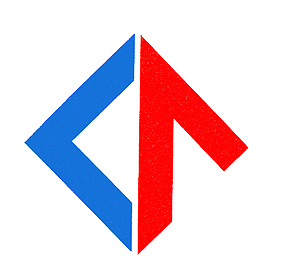Dedicated to the Loving Memory of Kevin "FrostByte" McCormick
LED artist, brother from another mother, and inspiration to us all.

The goal of this project is to provide as complete of a resource as possible for people interested in getting into creating artwork incorporating LED lighting. As a secondary goal, I'd like to provide basic information on general engineering practices for creating standalone LED art. In particular, I want to explain or accomplish the following.
The goal of this project is not to pretend that either of us invented the field of using LEDs with art. There is an active and vibrant tradition of LED art which started basically when LEDs were first created (well before I was even born), and has gone on to create some truly stunning displays over the years.
However, what is missing from the internet is a single source which novice artists and electrical engineers can use to get into the field on their own. Right now, there are really only two options --- either spend large sums of money on commercial units (which are readily available, but very expensive per lumen), or to have a fairly substantial background in EE. From my point of view, spending $500 for 6 year old LED technology containing $50 worth of parts is not an option for an artist trying to make cool pieces in their spare time, and even for someone with a good amount of money, that $500 could be better spent building a light that is 10 times brighter to achieve a better effect.
The purpose of this website is to begin to address that need for information, in a way that will be useful for an audience ranging from non-technical, to an electronics hobbiest. Very little of the engineering I did to build the lights in this project is novel in any sense -- hell, the power chip for the LEDs is advertised as an LED Driver with the circuits I used outlined in the datasheet. However, as someone starting with only a light EE background (which is still more than most artists would have), it still took me a lot of time and effort to find a good, stable design. If nothing else, the chip selection and board layouts should be very helpful to someone starting from scratch.
Further, this project specifically addresses my own interests, and shouldn't be taken as a complete overview of "LED Art". I think that the coolest aspect of LED art is how it can interact with stationary paintings to make them shift and move in extremely beautiful ways. I think back to when I was sitting in my room as a freshman looking at a painting on my wall under shifting colors of lights, seeing them shift into each other and make the entire painting come alive. This is the medium that I am looking to help spread.
More recently, my goal has been do fill a clear need in the hobbyist area, where no matter how skilled someone may be with software and control algorithms, they can't easily make LED lights because no one has a simple, high power module which is designed to be controlled in a straightforward way using logic level signals from an external control board. This has resulted in the Light Brick system, a roughly 1000 lumen spotlight in a 5.5 inch diameter aluminum can with a Moffatt flex arm to attach to a control box of the designer's choice.
The idea of the Light Brick is that I have taken care of all of the power electronics, case design and manufacture, board design and manufacture, and other tasks which take a significant amount of experience or overhead, and terminated the device with a simple five wire interface -- 18-36VDC, GND, and one wire each for red, green, and royal blue. The user who designs the controller simply needs to output digital logic level signals (3.3-5VDC) on the control wires to turn on that particular light with a full power 700mA through four rebel LEDs focused into a 7 degree cone. This has already been used to great effect by the brilliant folks at Leaf Labs using their "Maple" board in order to control eight light fixtures wirelessly at Burning Man in 2010, using an advanced audio library known as aubio to make the lights work in time with live music.
